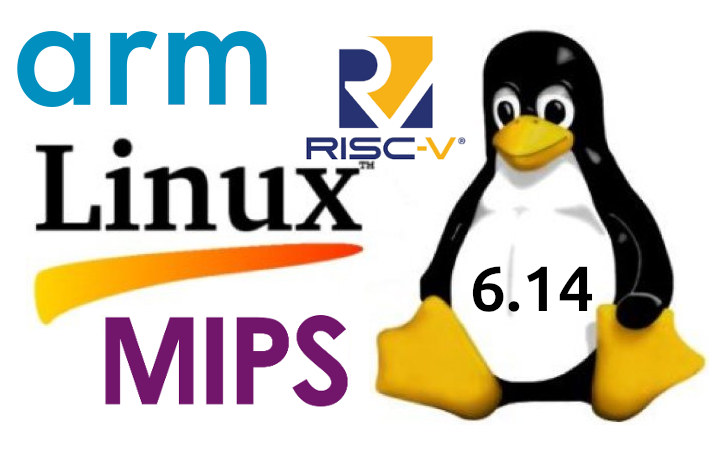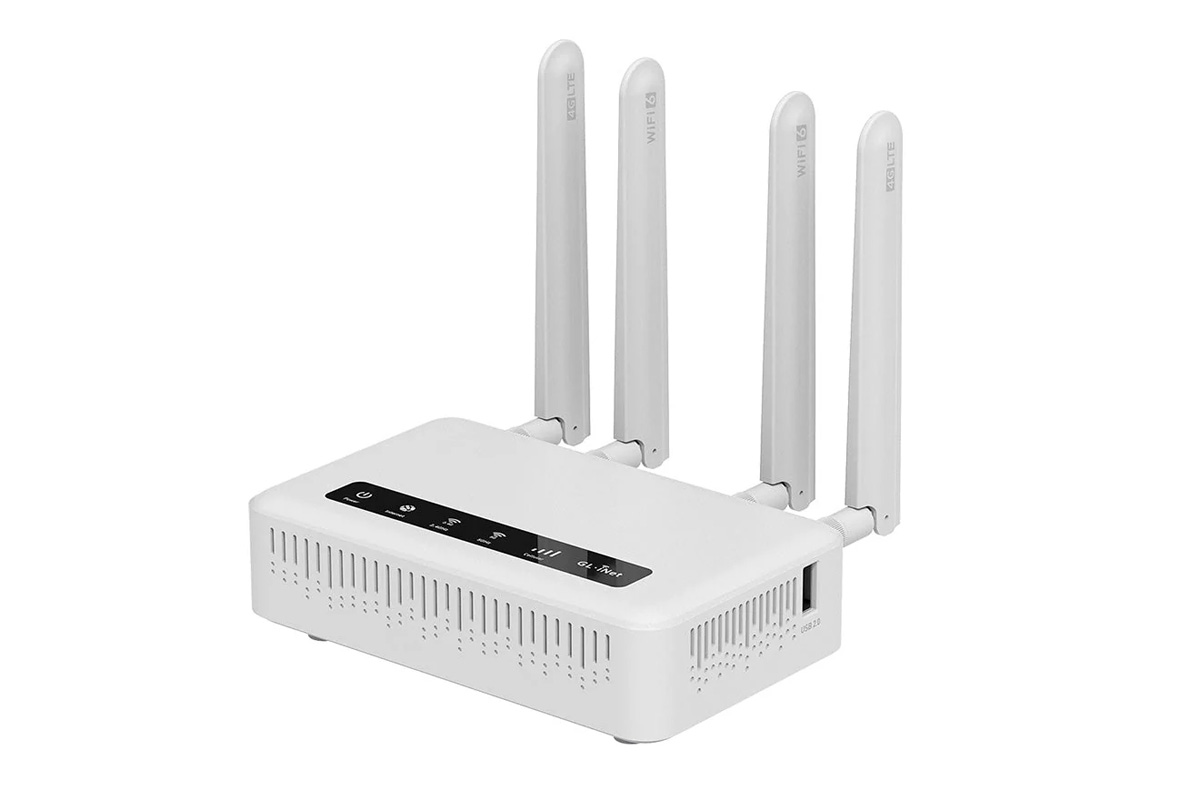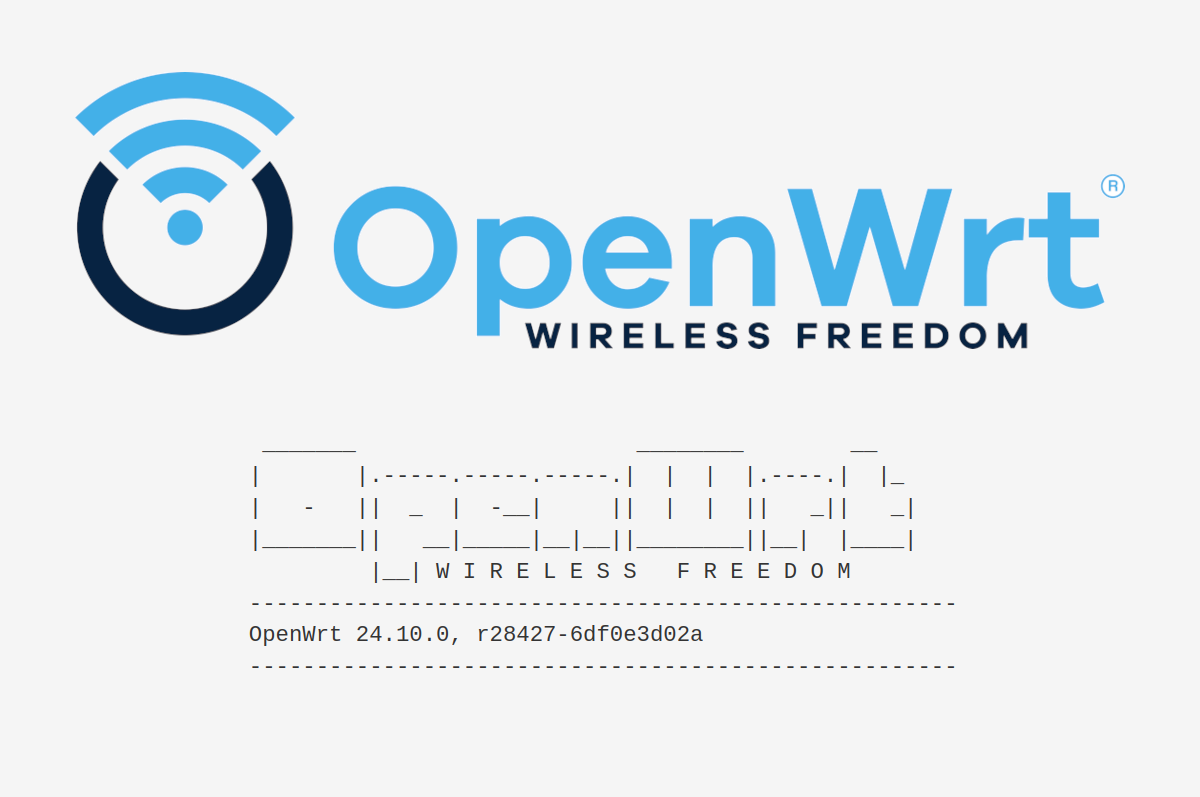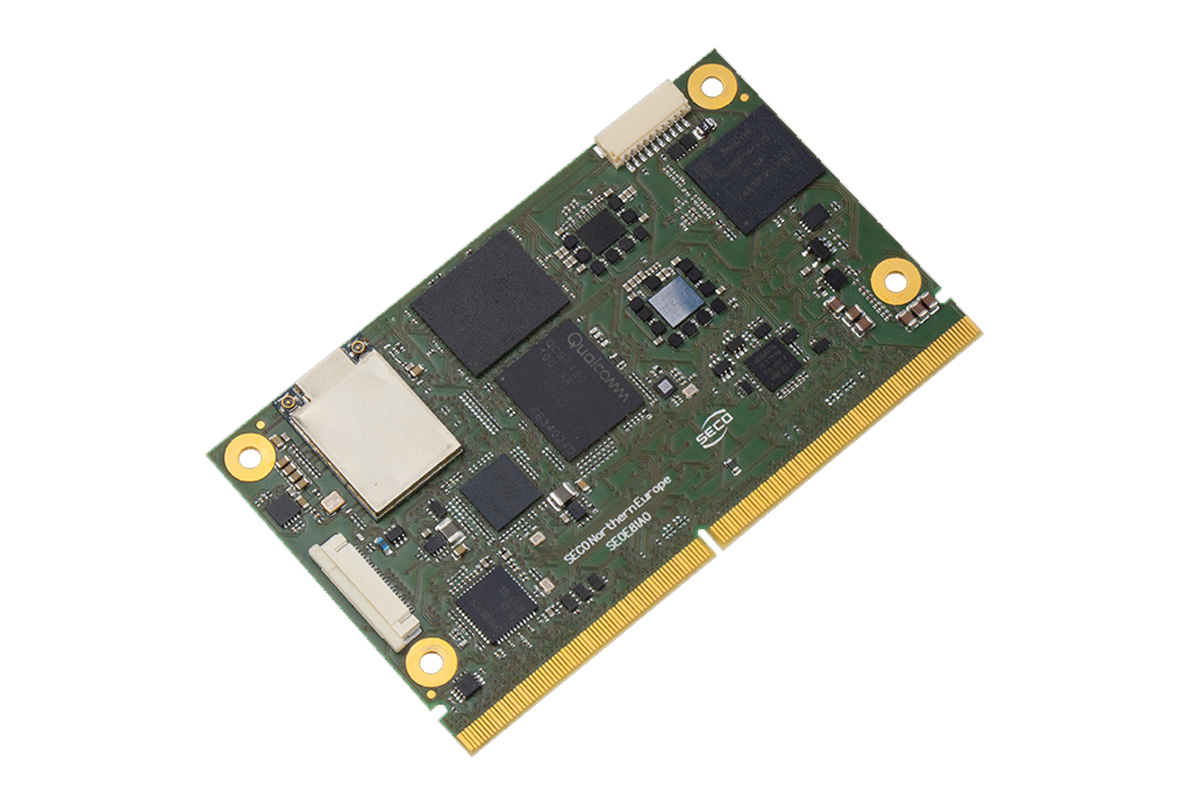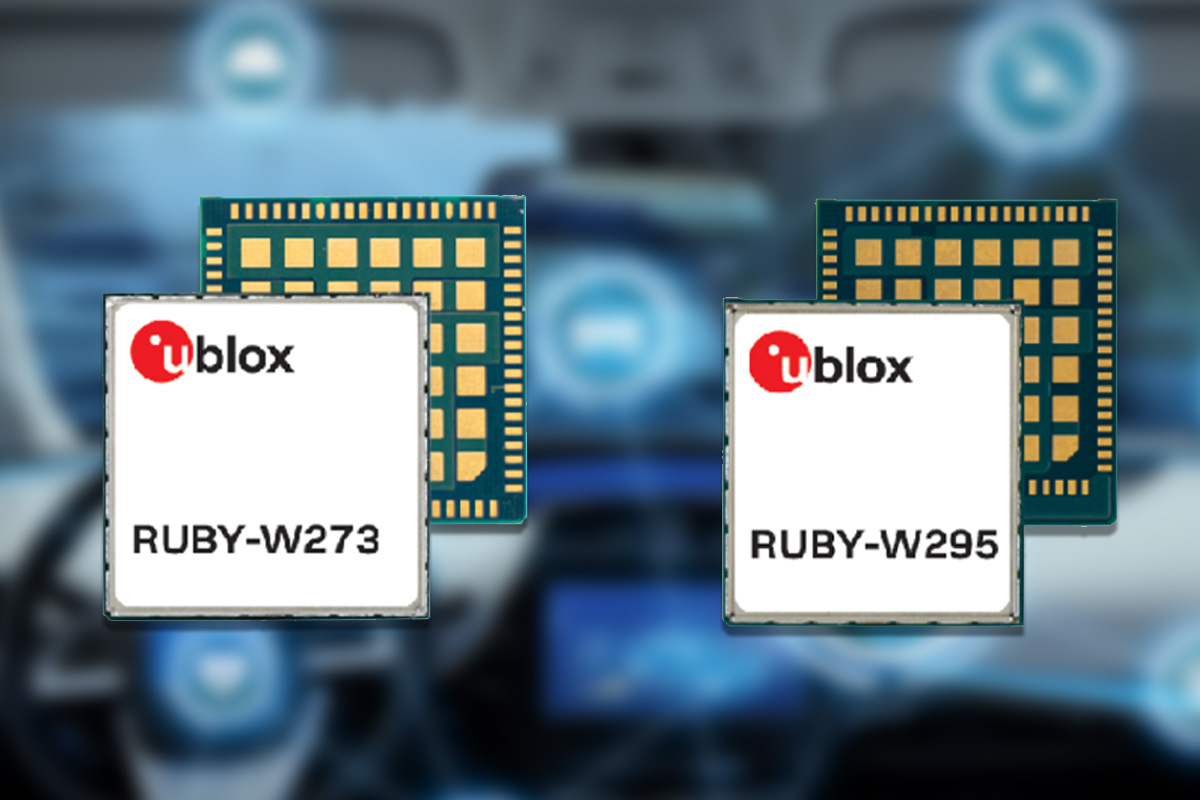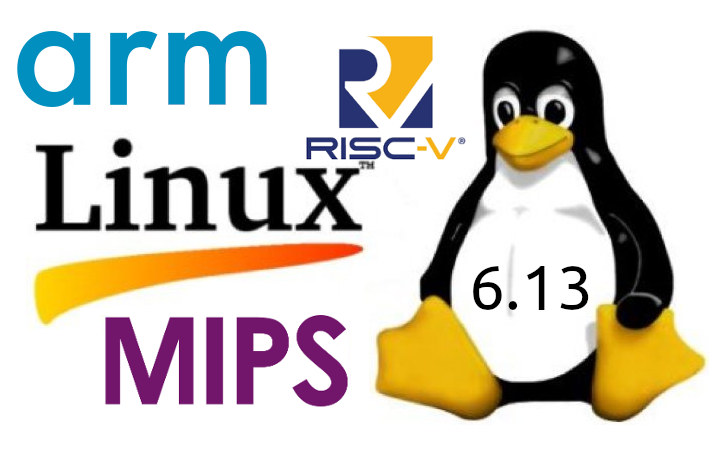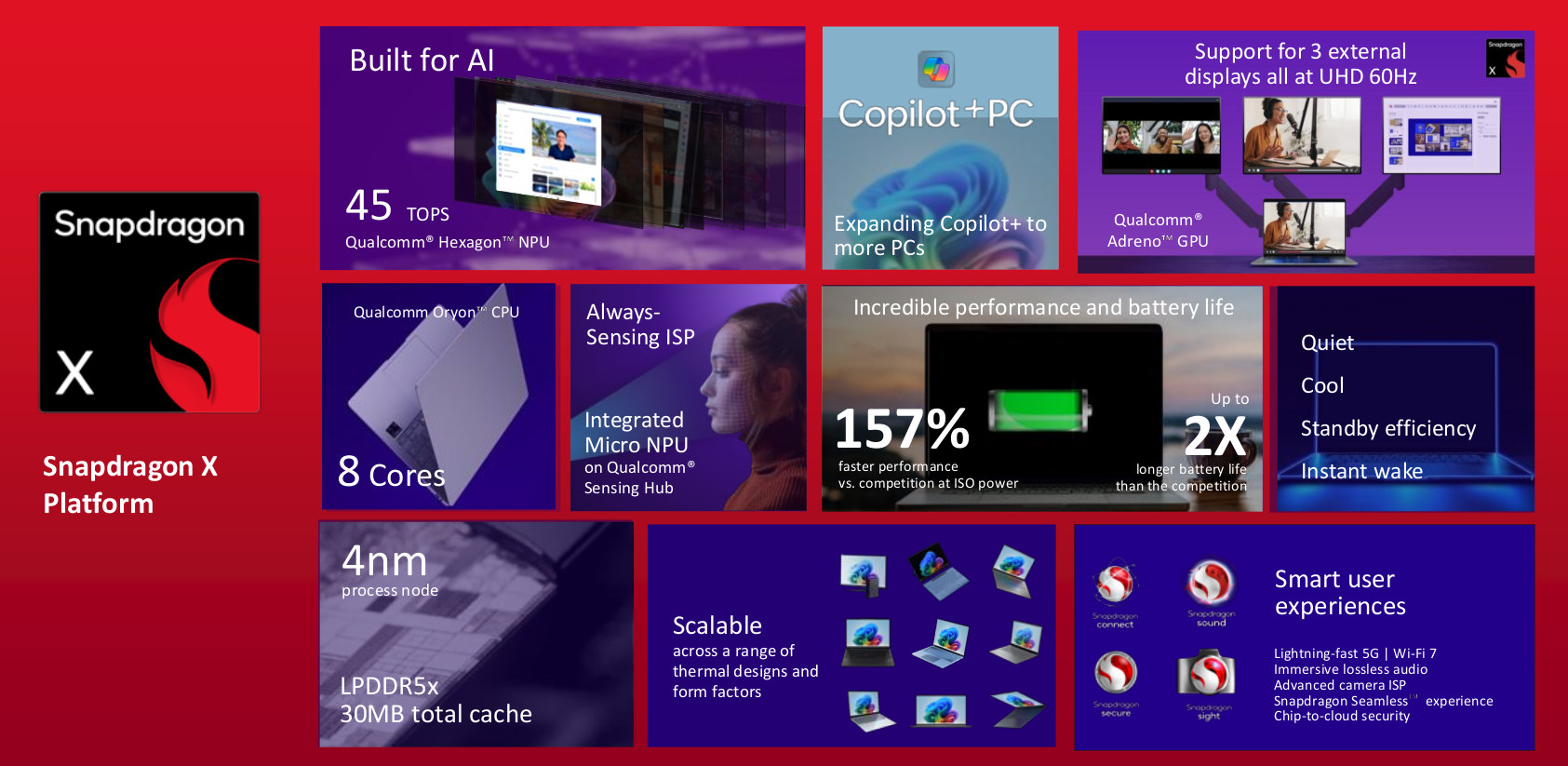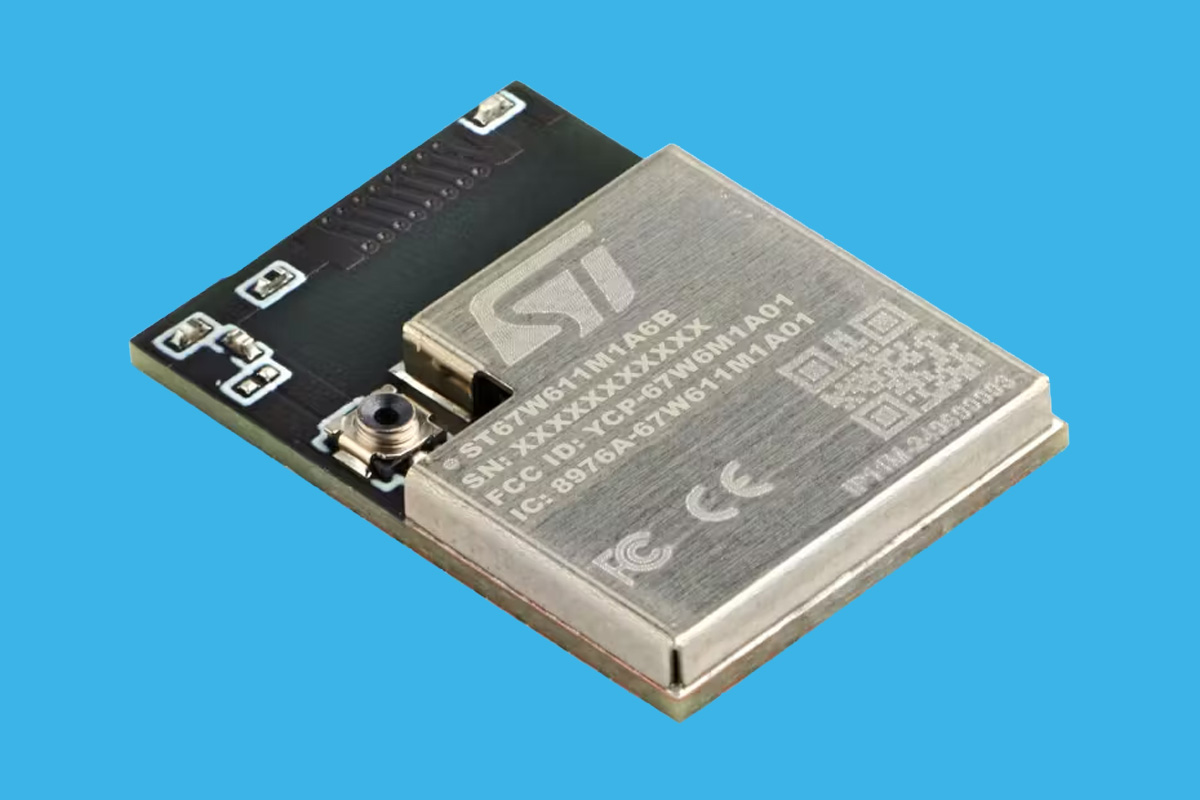Linus Torvalds has just announced the release of Linux 6.14 on LKML: So it’s early Monday morning (well – early for me, I’m not really a morning person), and I’d love to have some good excuse for why I didn’t do the 6.14 release yesterday on my regular Sunday afternoon release schedule. I’d like to say that some important last-minute thing came up and delayed things. But no. It’s just pure incompetence. Because absolutely nothing last-minute happened yesterday, and I was just clearing up some unrelated things in order to be ready for the merge window. And in the process just entirely forgot to actually ever cut the release. D’oh. So yes, a little delayed for no good reason at all, and obviously that means that the merge window has opened. No rest for the wicked (or the incompetent). Below is the shortlog for the last week. It’s nice and […]
GL.iNet Spitz Plus GL-X2000 – An affordable WiFi 6 cellular router with GbE, dual SIM, and load balancing capabilities
GL.iNet Spitz Plus GL-X2000 is a Wi-Fi 6 cellular router with GbE networking, two nano SIM slots, interchangeable high-gain antennas, and more. It is built around a Qualcomm IPQ5018 dual-core 1 GHz SoC and supports AX3000 Wi-Fi speeds with data rates of up to 574 Mbps on 2.4GHz and 2402 Mbps on 5GHz. Other features include support for multi-WAN connectivity, failover, and load balancing for stable connections, it also comes with preinstalled VPN support for over 30 providers. It also has remote management features that allow users to monitor data usage, update firmware, and troubleshoot through a centralized interface. The device is available in different LTE variants for North American and international markets, supporting region-specific bands. These features make this router useful for applications such as remote work, mobile offices, industrial IoT, and backup connectivity in areas with unreliable broadband. GL-X2000 (Spitz Plus) specifications: SoC – Qualcomm IPQ5018 dual-core Cortex-A53 […]
OpenWrt 24.10 released with Linux 6.6, TLS 1.3 by default, and 1970 supported devices
OpenWrt 24.10 open-source lightweight Linux operating system for routers has just been released. It’s been upgraded to Linux 6.6 from Linux 5.15 in OpenWrt 2023.05, supports TLS 1.3 by default, improves support for WiFi 6 (802.11ax), and adds initial support for WiFi 7 (802.11be). After over one year of work since the release of OpenWrt 23.05, OpenWrt 24.10 adds over 5400 commits, and the total number of supported devices is now close to 2,000 at 1,970. It’s also the first stable release supporting OpenWrt One, the router directly designed by OpenWrt developers in collaboration with Banana Pi. OpenWrt 24.10 highlights: TLS 1.3 support in default images with MbedTLS 3.6 Activate POSIX Access Control Lists and file system security attributes for all file systems on devices with big flash sizes. Needed by docker. Note this is not enabled for all targets with the small_flash feature flag, including ath79/tiny, bcm47xx/legacy, lantiq/ase, lantiq/xrx200_legacy, […]
SECO’s SMARC-QCS5430 SMARC SoM and devkit feature Qualcomm QCS5430 SoC for Edge AI and 5G applications
SECO has announced early engineering samples for its SOM-SMARC-QCS5430 system-on-module (SoM) and devkit designed to support IoT and edge computing applications. Built around the Qualcomm QCS5430 processor this SMARC-compliant SoM targets industrial automation, robotics, smart cities, and surveillance.
The module also offers dual MIPI-CSI interfaces for camera and connectivity options including USB 3.1, PCIe Gen3, dual GbE, and optional Wi-Fi and Bluetooth. SECO’s DEV-KIT-SMARC industrial devkit includes all the necessary components for rapid prototyping and integration.
u-blox RUBY-W2 is a family of Wi-Fi 7 automotive-grade modules for infotainment and telematics applications
u-blox has recently released the RUBY-W2 series (RUBY-W273-05A and RUBY-W295-05A) of automotive Wi-Fi 7 modules designed for advanced infotainment and telematics applications. These modules support tri-band Wi-Fi 7 and dual-mode Bluetooth 5.4, with up to Gbps (PHY) of throughput, supporting simultaneous use cases for in-car hotspots, Apple CarPlay, and multi-client video streaming. Key features of this module include Multi-Link Operation (MLO) with Dual Band Simultaneous (DBS) and High Band Simultaneous (HBS) modes, 2×2 MU-MIMO, Bluetooth LE Audio, long-range Bluetooth, security with WPA2/3, and secure boot. The modules are based on Qualcomm’s QCA6787AQ or QCA6797AQ automotive chipsets and connect to the host via PCIe for Wi-Fi and UART/PCM for Bluetooth. RUBY-W2 specifications: Chipset Qualcomm QCA6787AQ for RUBY-W273 Qualcomm QCA6797AQ for RUBY-W295) Wireless Tri-band Wi-Fi 7 (802.11 a/b/g/n/ac/ax/be) RUBY-W273 – Dual Band Simultaneous (DBS) (2.4 GHz + 5/6 GHz) RUBY-W295 – High Band Simultaneous (HBS), any two bands (2.4, 5, or 6 […]
Linux 6.13 Release – Main changes, Arm, RISC-V, and MIPS architectures
Linus Torvalds has just announced the release of Linux 6.13 on the Linux Kernel Mailing List: So nothing horrible or unexpected happened last week, so I’ve tagged and pushed out the final 6.13 release. It’s mostly some final driver fixes (gpu and networking dominating – normal), with some doc updates too. And various little stuff all over. The shortlog is appended for people who want to see the details (and, as always, it’s just the shortlog for the last week, the full 6.13 log is obviously much too big). With this, the merge window for 6.14 will obviously open tomorrow. I already have two dozen pull requests pending – thank you, you know who you are. Linus Release about two months ago, Linux 6.12 – the new LTS version – brought us real-time “PREEMPT_RT” support that had always required out-of-tree patchsets until now, the completion of the EEVDF (Earliest Eligible […]
Qualcomm Snapdragon X octa-core Arm SoC to power $600+ mainstream AI PCs with Copilot+ support
Qualcomm has unveiled the Snapdragon X octa-core Arm SoC at CES 2025 designed for mainstream AI PCs with Copilot+, which should start at $600 and up. This follows the announcements of the high-end 4.3GHz Snapdragon X Elite 12-core SoC in 2023, and the Snapdragon X Plus 10-/8-core processors last year, and should make AI PCs affordable to a wider range of consumers. The new Snapdragon X is clocked at up to 3.0 GHz, still features a 45 TOPS Hexagon NPU, supports NVMe storage, up to 64GB LPDDR5, up to 2560 x 1440 built-in displays, up to three external displays at 4Kp60, and a single camera up to 36MP resolution. Systems based on the new octa-core processor can support WiFi 7, WiFi 6E, and/or 5G LTE connectivity. Qualcomm Snapdragon X (X1-26-100) specifications: CPU – Octa-core 64-bit Armv8 Oryon processor clocked at up to 3.0 GHz (2976 MHz) with 30MB cache GPU […]
STMicro ST67W611M1 IoT module features Qualcomm QCC743 SoC with Wi-Fi 6, BLE, and 802.15.4 radios
ST Microelectronics has introduced the ST67W611M1 IoT module developed in partnership with Qualcomm and integrating the latter’s QCC743 multi-protocol connectivity chip with Wi-Fi 6, Bluetooth 5.3 Low Energy (BLE), Thread-compatible IEEE 802.15.4 connectivity, and support for Matter-over-Wi-Fi. Additionally, it features 4MB of flash storage and provides options for a PCB or external antenna via a uFL connector. The module is designed to connect with STMicro’s STM32 microcontroller and microprocessor families through SPI and/or UART, making it easy to add wireless connectivity to STM32-based projects, including those using the new STM32N6 chips with an in-house Neural-ART machine learning accelerator. These features make this chip suitable for smart home devices, industrial IoT systems, wearables, healthcare monitors, and connected appliances. ST67W611M1 specifications: Wireless Connectivity Wi-Fi 6 with up to 20 dBm output power Bluetooth Low Energy 5.3 with 2 Mbps throughput Thread support Supports Matter protocol over Wi-Fi for future-proof connectivity Storage – […]


